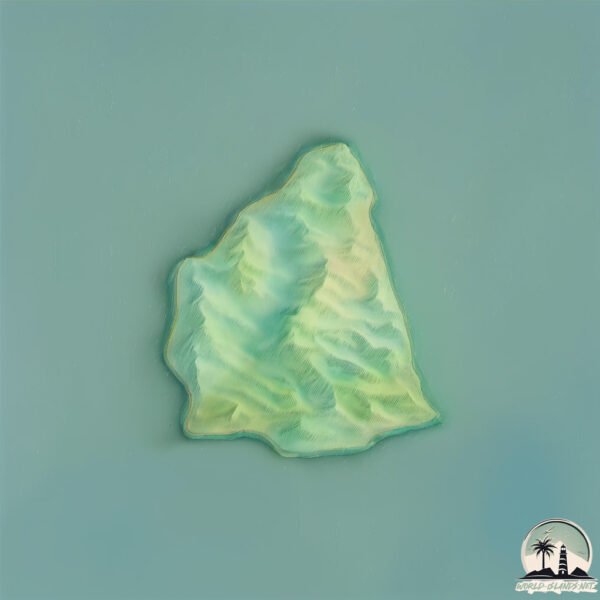Welcome to Mibeopdo , a Continental island in the Yellow Sea, part of the majestic Pacific Ocean. This guide offers a comprehensive overview of what makes Mibeopdo unique – from its geography and climate to its population, infrastructure, and beyond. Dive into the details:
Geography and size of Mibeopdo
Size: 1.299 km²Coastline: 5.5 kmOcean: Pacific OceanSea: Yellow SeaContinent: Asia
Mibeopdo is a Small Island spanning 1.3 km² with a coastline of 5.5 km.
Archipel: –
Tectonic Plate: Eurasia – One of the world’s largest tectonic plates, the Eurasian Plate covers a significant portion of Europe and Asia. It’s characterized by diverse geological features, including the Ural Mountains, the European Plain, and the Himalayas formed from its collision with the Indian Plate.
The geographic heart of the island is pinpointed at these coordinates:
Climate and weather of Mibeopdo
Climate Zone: ContinentalClimate Details: Monsoon-Influenced Hot-Summer Humid Continental ClimateTemperature: Hot Summer
Climate Characteristics: Hot summers with monsoon rains, contrasting with dry, cold winters. Typical of east Asian continental edges.
Topography and nature of Mibeopdo
Timezone: UTC+09:00Timezone places: Asia/TokyoMax. Elevation: 23 m Mean Elevation: 15 mVegetation: Evergreen Needleleaf ForestTree Coverage: 2%
The mean elevation is 15 m. The highest elevation on the island reaches approximately 23 meters above sea level. The island is characterized by Plains: Flat, low-lying lands characterized by a maximum elevation of up to 200 meters. On islands, plains are typically coastal lowlands or central flat areas.
Dominating Vegetation: Evergreen Needleleaf Forest
Vegetation: 5 vegetation zones – Highly Diverse Island
Infrastructure and Travelling to Mibeopdo
Does the island have a public airport? no .
Does the island have a major port? no .
The mean population of Mibeopdo is 126 per km². Mibeopdo is Moderately Inhabited. The island belongs to South Korea .
Continuing your journey, Gydongdo is the next notable island, situated merely km away.
힐링여행.I traveled solo island..미법도 가는법.하리선착장.미법도여행.힐링트레킹.나홀로 여행
석모도 하리선착장.하리낙시터.미법도.서검도. 재생목록 봐주시면 감사하겠습니다.
석모도 하리선착장.하리낙시터.미법도.서검도. 재생목록 봐주시면 감사하겠습니다.
South Korea is classified as Emerging region: MIKT: Mexico, Indonesia, South Korea, and Turkey – Economies recognized for their development potential and emerging market status. The level of income is High income: OECD.
News – Latest Updates and Headlines from Mibeopdo
Stay informed with the most recent news and important headlines from Mibeopdo. Here’s a roundup of the latest developments.
Loading...
Please note: The data used here has been primarily extracted from satellite readings. Deviations from exact values may occur, particularly regarding the height of elevations and population density. Land area and coastline measurements refer to average values at mean high tide.

